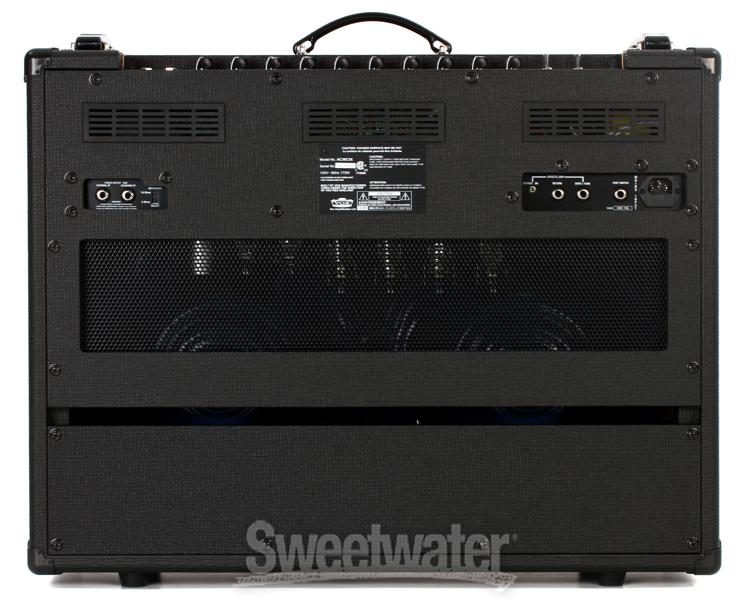

Since the higher output AC30/4 shared its preamplifier design with the lower powered AC15, Vox discovered the high-gain EF86 tube was susceptible to microphonics, or even failure, when exposed to the increased vibration present in this uprated amp. It is known that it is the 'brilliant' model (or top boost) and it was Edge's earliest amp used to record every U2 album The Edge's almost-original Vox AC30/6 from 1964, housed in a '70s cabinet on stage. Ventilation was provided by three small brass vents on the top of the cabinet, and the TV-front's single suitcase type handle was replaced with three leather straps. The front baffle was now divided by a thin gold-toned strip with the upper valence covered in fawn Rexine, and the lower grille covered in brown diamond cloth. The new cabinets featured a different covering known as fawn Rexine, which was a sort of beige leathercloth with a subtle printed grain. īy 1960, Vox had forsaken the more conservative TV-front look for the now legendary cabinet design that has remained largely unchanged since 1960. The first AC30 Twins used two Goodmans Audiom 60 15-Watt Speakers, followed by Celestion G12 alnico speakers. Vox initially offered a 1×12" version but subsequently introduced the 2×12" AC30 Twin, which solved the volume problem at larger venues. The AC30/4 also carried over the AC15's preamplifier circuit, which included the EF86 pentode in its "Normal" channel. This second generation AC30/4 had two channels with two inputs, hence the "4" in the model name, and a single tone control, and was powered by a quartet of EL84 (6BQ5) power tubes, making it truly a doubling of the AC15 power amp circuit. However, the E元4-powered AC30 was short lived, and a new AC30 version appeared in late 1959. These early amps sported a thin white covering ("Rexine") with a small printed diamond pattern and larger diamond pattern grill cloth. This first generation of AC30s were housed in "TV-front" cabinets, much like the early to mid-50s tweed Fender amps, and had a single 12-inch Goodmans 60-watt speaker, as opposed to the later, conventional twin 12-inch speaker configuration. The original first-generation AC30 used a GZ34 tube rectifier, three ECC83s (12AX7) for the Normal channel and the tremolo/vibrato oscillator/modulator circuits, one ECC81 (12AT7) phase inverter, and EL84 tubes in the power amplifier circuit. The AC15 was powered by a pair of EL84 tubes, an EF86-driven "Normal" channel, an ECC83-driven "Vib-Trem" channel, and rectified by an EZ81.

The Vox AC30 was originally introduced in 1959 at Hank Marvin's request as the "big brother" of the fifteen watt (15 W) AC15 model, Vox's original flagship amplifier, because the AC15 was not loud enough with the screaming fans at Cliff Richard's concerts.


 0 kommentar(er)
0 kommentar(er)
